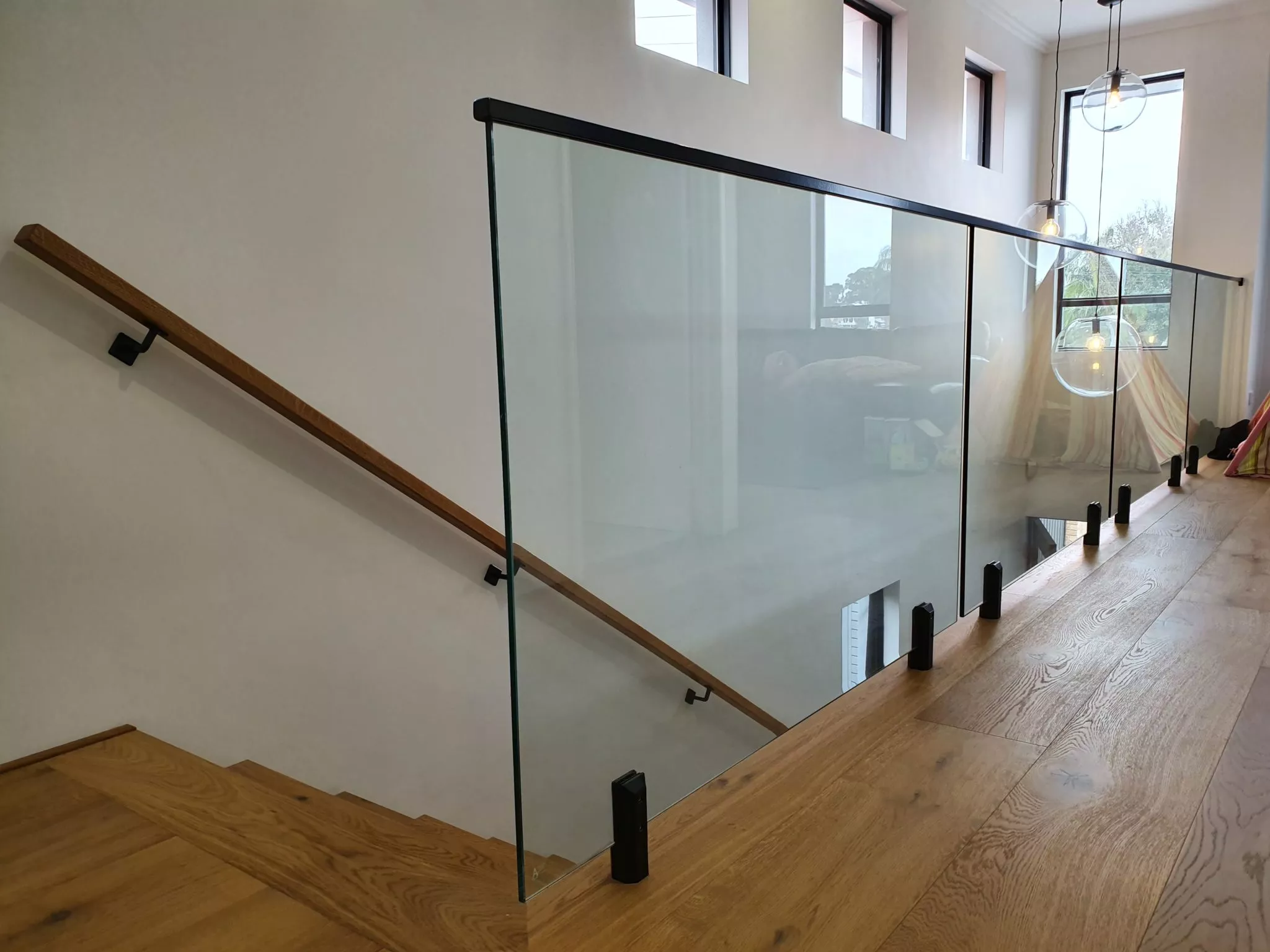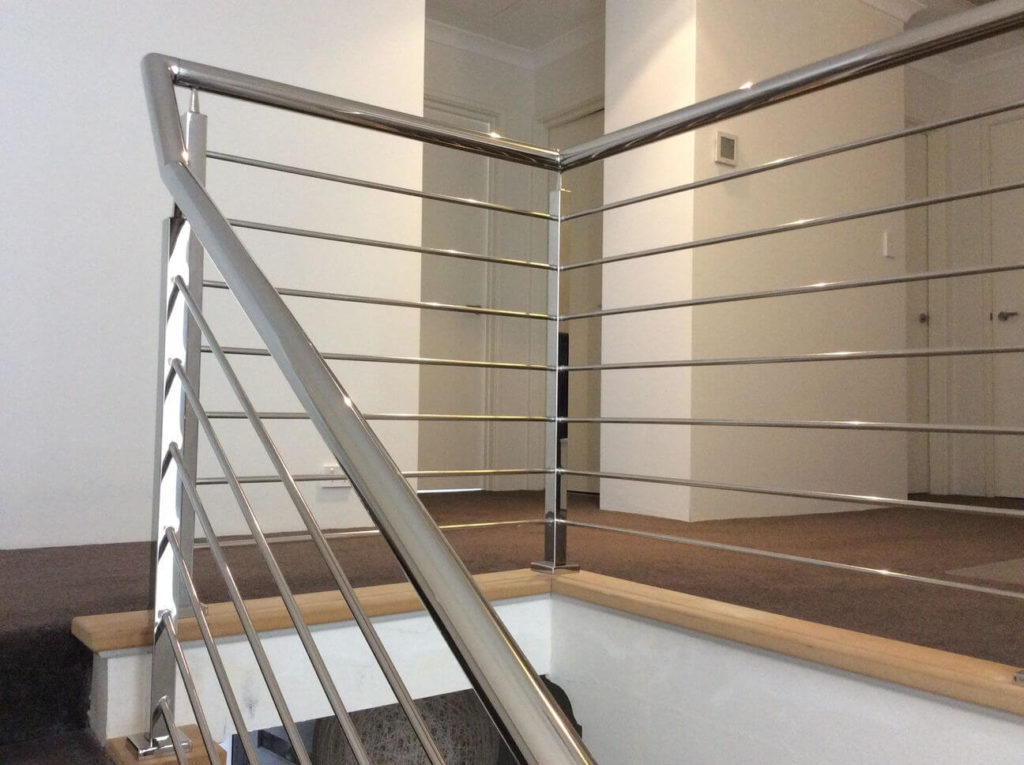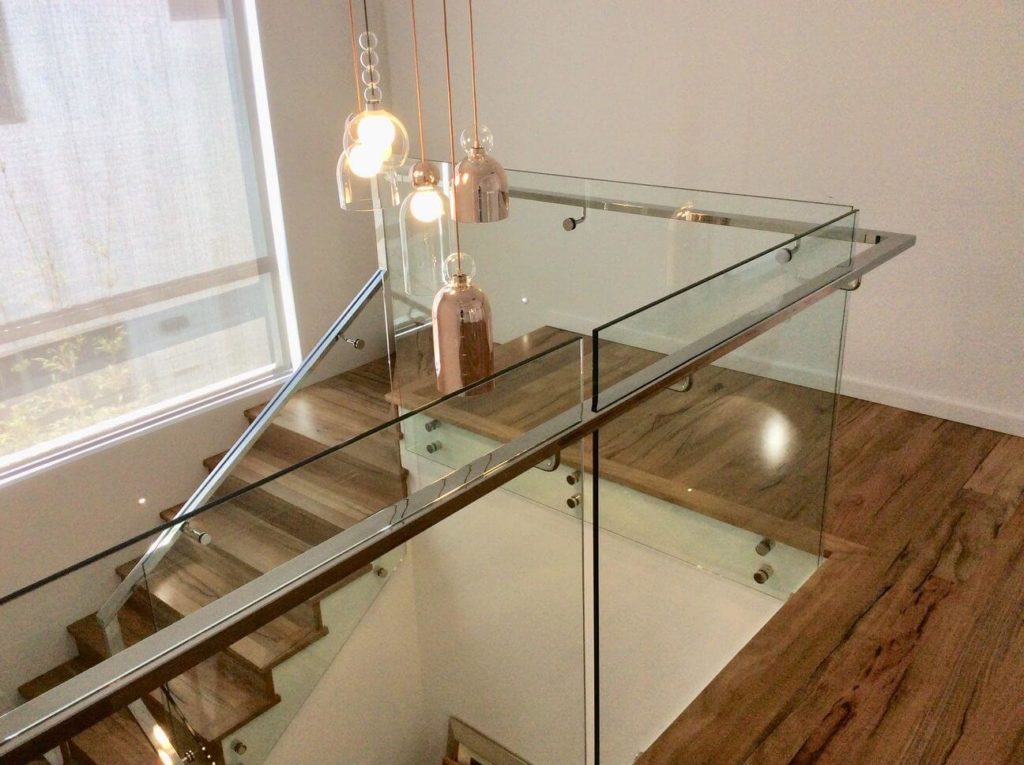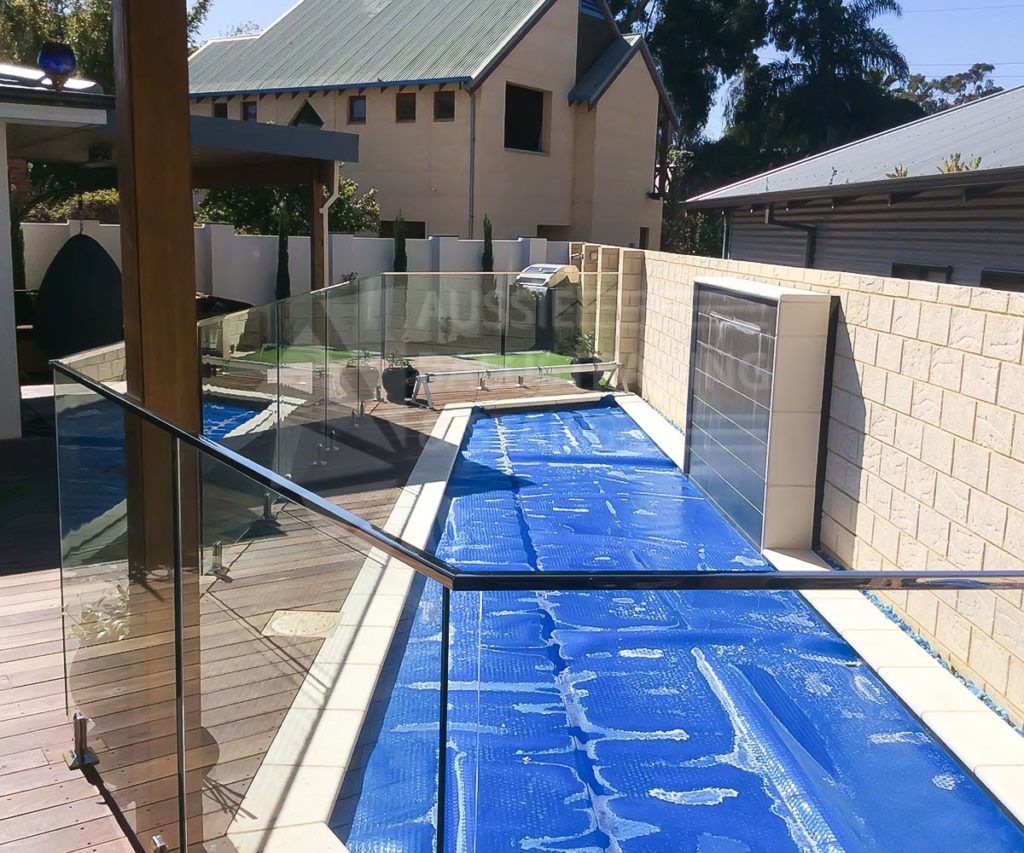Balustrades are easy to overlook, but it plays an important function in most, if not all, properties. It has a significant impact on the appearance and practicality of your space, but the reliability of its safety features should always be at the forefront when choosing the best balustrades to install.
Speaking of which, choosing the right style of balustrade is a relatively straightforward process, but there are more crucial factors to consider when it comes to its installation. Beyond picking the best material that complements the property’s decor, you need to carefully think about whether the barriers comply with the industry regulations.
As for Australia’s building standards, it is a federal requirement that is recognized by the Building Code of Australia (BCA) and applies to all forms of construction – be it the roofing, flooring, insulation, foundation, down to the railings and handrails.
In this article, we’ll focus on the rules involving BCA 2012 Parts 3.9.2, which covers the regulations on balustrades installed on balconies, stairways, and more in residential homes and commercial buildings alike.
Testing Your Compliance Through The NCC Performance Test
When checking whether your balustrades are up-to-par with the industry standards, there are two primary options to meet: Deemed to Satisfy (DTS) and Alternative Solution.
Deemed To Satisfy: An Overview On BCA Balustrade Regulations And Standards
As established by the law, all balustrades should be installed in places with a height difference between one floor and the other. This covers all elevated spaces beyond one meter, creating either a high platform or adjoining two different floors in the premises. As for the balustrades, it should meet the following general conditions:
- The balustrade should be at least one meter high from the ground floor;
- If there are openings in between the risers or posts, but the gap should be no more than 125m to keep anyone from falling in between the spacing on your balustrades;
- The balustrade, no matter the material, should withstand impacts that reach the standards of AS 1170.1. It states that the balustrade and handrails should resist impact with a load of 0.6kN and durable enough to take a distributed load of 0.4kN no matter the direction;
- The balustrade should not be less than 865mm for any nosings on the stairs or ramp;
- If you are installing balustrades on any access path or landings, it should not be less than 1m above the floor;
The height is set in place to protect anyone – adults and children alike – from falling over the railings, while the measurement set for the openings ensures children and pets cannot squeeze in between the risers. These should cover the following areas that need balustrades like car-parking, external access, entrances, interior staircases, lifts, toilets, and more.
Keep in mind that the measurements will vary depending on where you are installing the balustrades, such as the following:
Height Regulations For Decks And Balconies
When installing balustrades on walkways, decks, and balconies, it should satisfy the following requirements:
- Minimum 1,000mm high (865mm on stairs);
- Maximum 125mm sphere for the gaps between the balustrades;
- If the floor is greater than 4m above the surface, the balustrades must be 150mm and 760mm in height to prevent the possibility of climbing;
- The glazing should comply with the Australian Standard 1288, which states the glazing should have a reliable sound reduction, security, and UV resistance.
Other Requirements To Consider For Balustrades
When considering the special application on balustrades such as the glazing or glass assemblies, it should comply with Section 7 of AS1288, which covers the following:
- Structural Balustrade Panels
- Infill Balustrade Panels
When you opt for glass as a structural component, you can use it as a structural panel with no handrail or serve as an infill panel, so long as you pair it with materials like timber or steel to act as a handrail fixing point for added support.
When it comes to handrails, there are three categories to consider:
Load Supporting Handrails
These handrails refer to those that are mechanically fixed into the structure, which means it provides better support that can withstand heavier loads since it is not attached to the glass. You will often notice these types with infill balustrade panels, which have two handrail fixing points.
Non-load Supporting Handrails
Often seen with structural balustrade panels, these utilize the glass’s top edge to act as the handrail. In some cases, some handrails are attached to the glass panel, relying on the infill to build its structural integrity. It is not the best choice if you are thinking about maximizing the safety features of balustrades.
Interlinking Handrails
This describes handrails that link to an adjacent panel – be it meeting with the glass or building. There should be at least three glass panels that are 1,000mm wide to act as a protective barrier as it provides back-ups in case the first panel breaks.
With that in mind, the last two glass panels should have the durability to withstand heavy loads.
The Bottom Line: Understanding The Rules And Regulations On Balustrades In Perth
Beyond serving as an architectural feature that can add a dynamic appeal to the building’s overall design, balustrades are built to enhance the safety of your premises. It’s an essential safety mechanism that keeps people and pets from falling over the ledge, which is why following the standard height for balustrades is crucial.
Enjoy Beautiful Balustrades That Can Last You A Lifetime
Here at Aussie Balustrading and Stairs, we offer a premium selection of BCA balustrades for your staircase in Perth, Western Australia. Our wide range of balustrade designs and handrails in Perth can cater to your style and unique needs, but rest assured that we also comply fully with all Australian standards.
From stainless steel, glass to wire railing, you can have peace of mind knowing that our balustrades will enhance your property’s appearance and safety. Get in touch with us to view our handrails and see what else we can do to help!




